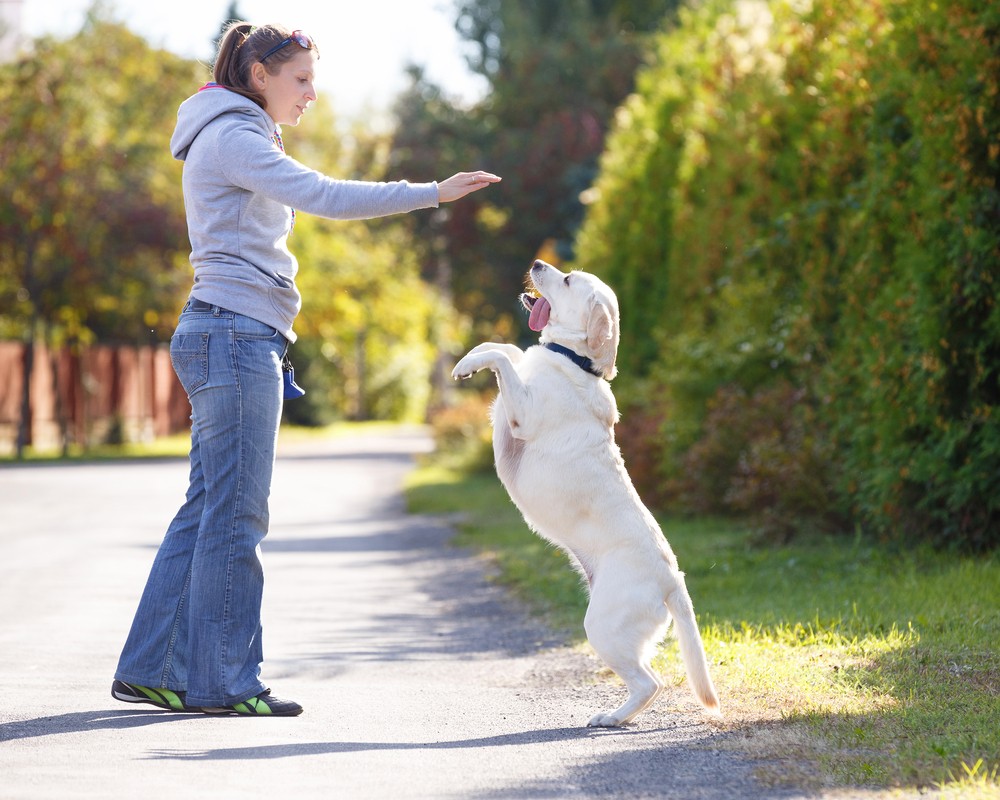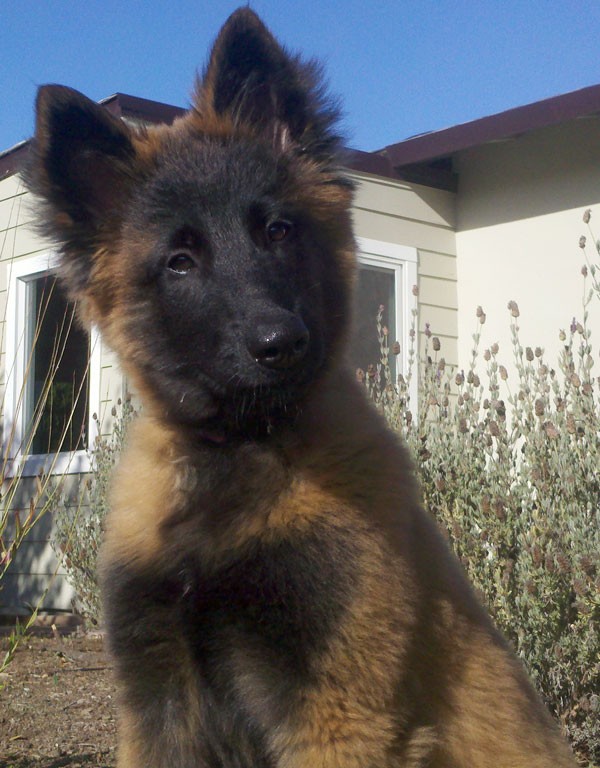This post is a transcript of Denise's camp talk from 2016 that inspired the "ripples and bubbles" in the current FDSA logo.
DENISE FENZI: The theme of this year's conference is "Ripples and Bubbles" and since some people in here are probably relatively new to FDSA, I'd like to take a moment to talk about what that means. And for those who know all about ripples, I'd like to talk about ways to expand our circle of people who might be interested in some of our ideas.
At FDSA, we often talk about ripples.
Ripples are about your ability to create change, a tiny bit at a time. So how might one go about doing that?
The basic idea of "ripple theory" is that each positive action or decision you make has the potential to influence other's actions or decisions. And when those little spheres of influence go out into the world, they can become a very significant force, just one tiny ripple at a time. Significant change often start with the tiniest of things — just a ripple.
For example, when you go somewhere and you model excellence in training or emotional connection with your dog, others will see that. When you do what is right for your dog even when it hurts you personally, like pulling out of a show when it becomes obvious that your dog is miserable – others see that too. And kindness to people matters just as much! When you take an extra minute to help someone, anyone else who chooses to watch that interaction also recognizes your kindness.
As the example I just used demonstrates, when we talk about ripples we are often talking about modeling change. Showing others how you train your dog and interact with people, in an effort to influence their behavior. But I'd like to spend a few minutes talking about how you can expand your ability to ripple – to influence others – simply by considering how you choose to make other people feel, in addition to the ripples created by the behaviors which you model.
In a nutshell, if you can positively affect a person's happy emotions, then that also gives you the possibility of influencing that person's beliefs. And if that is true, then every single person in this room possesses the capacity for positive change at a very fundamental level.



